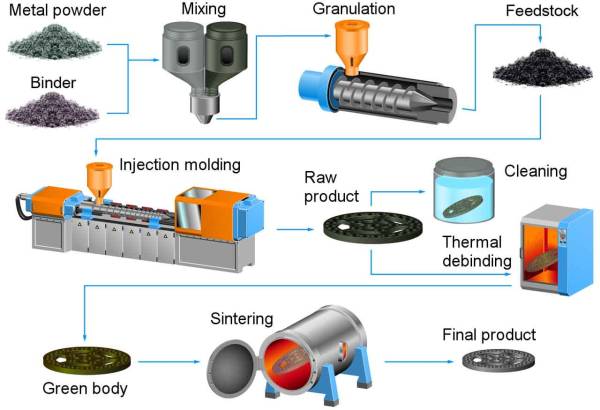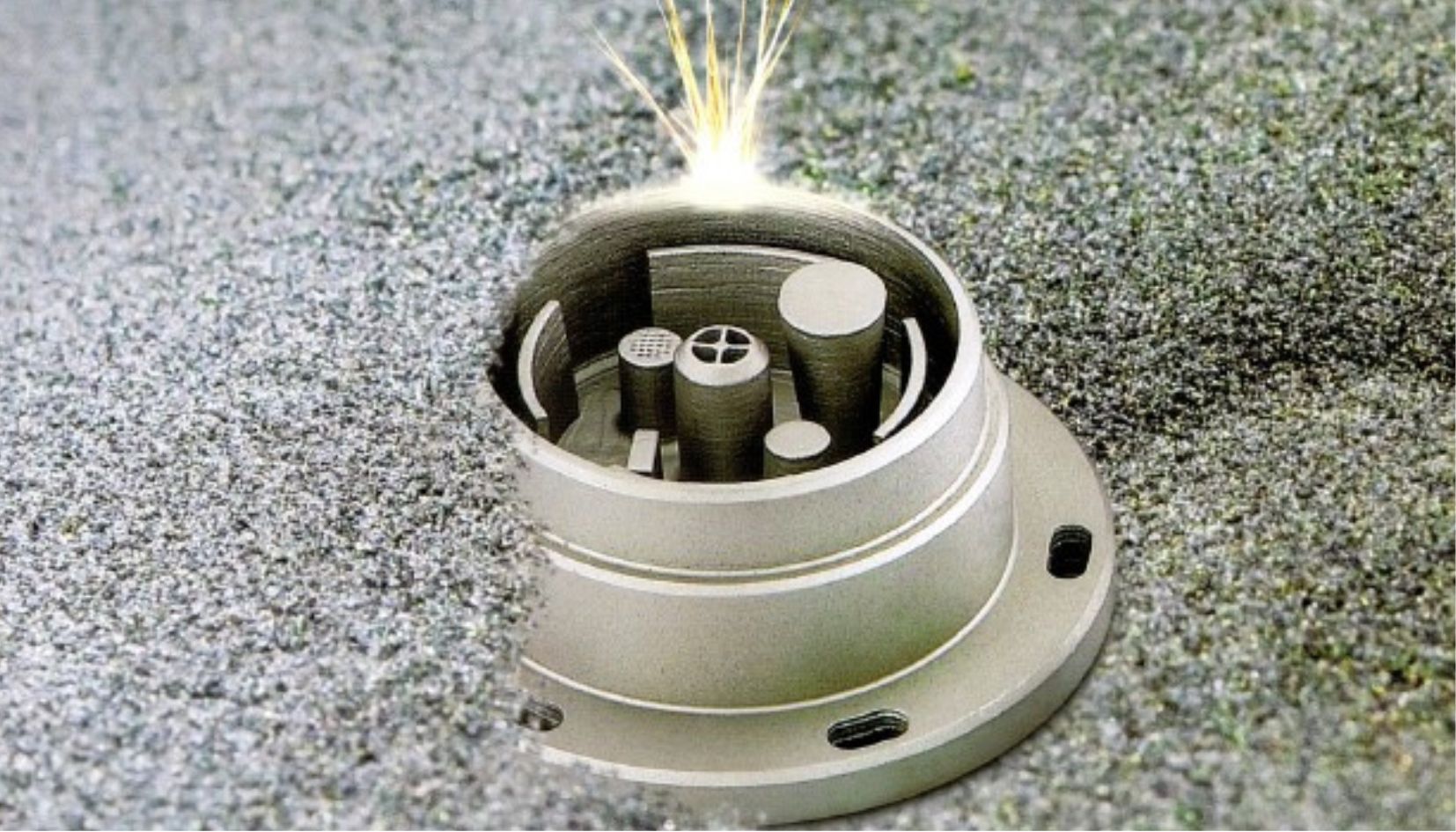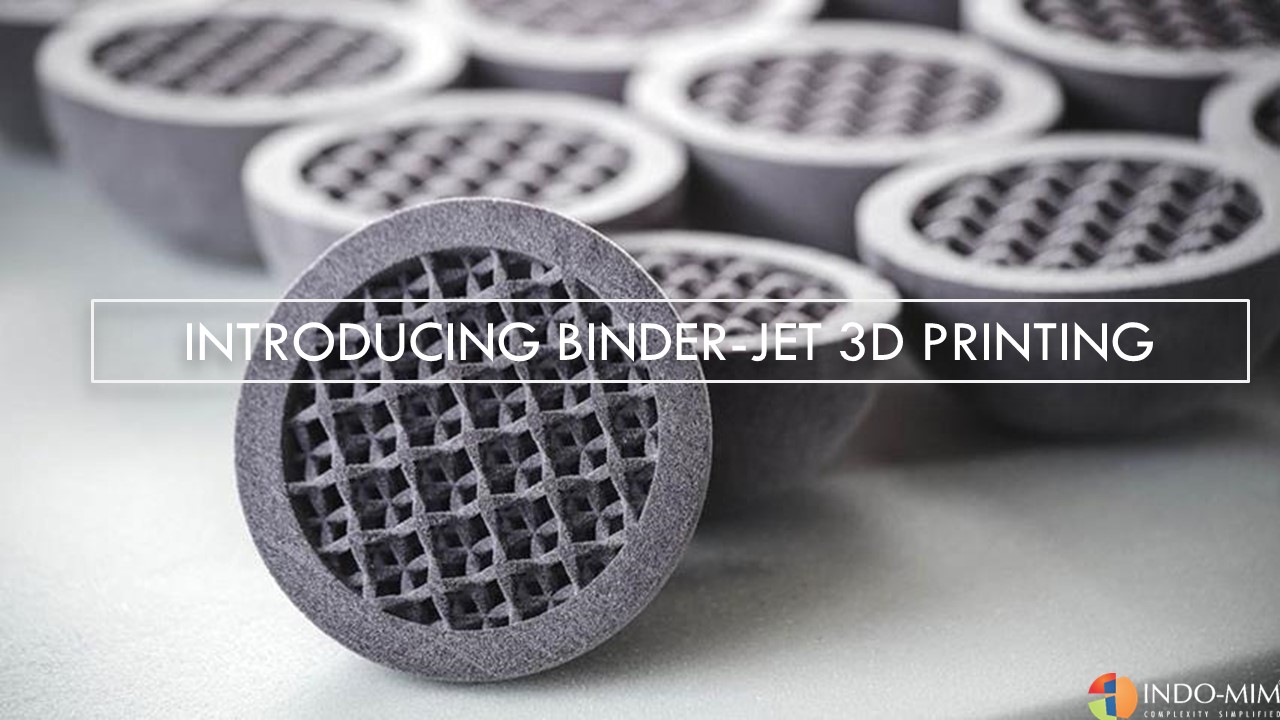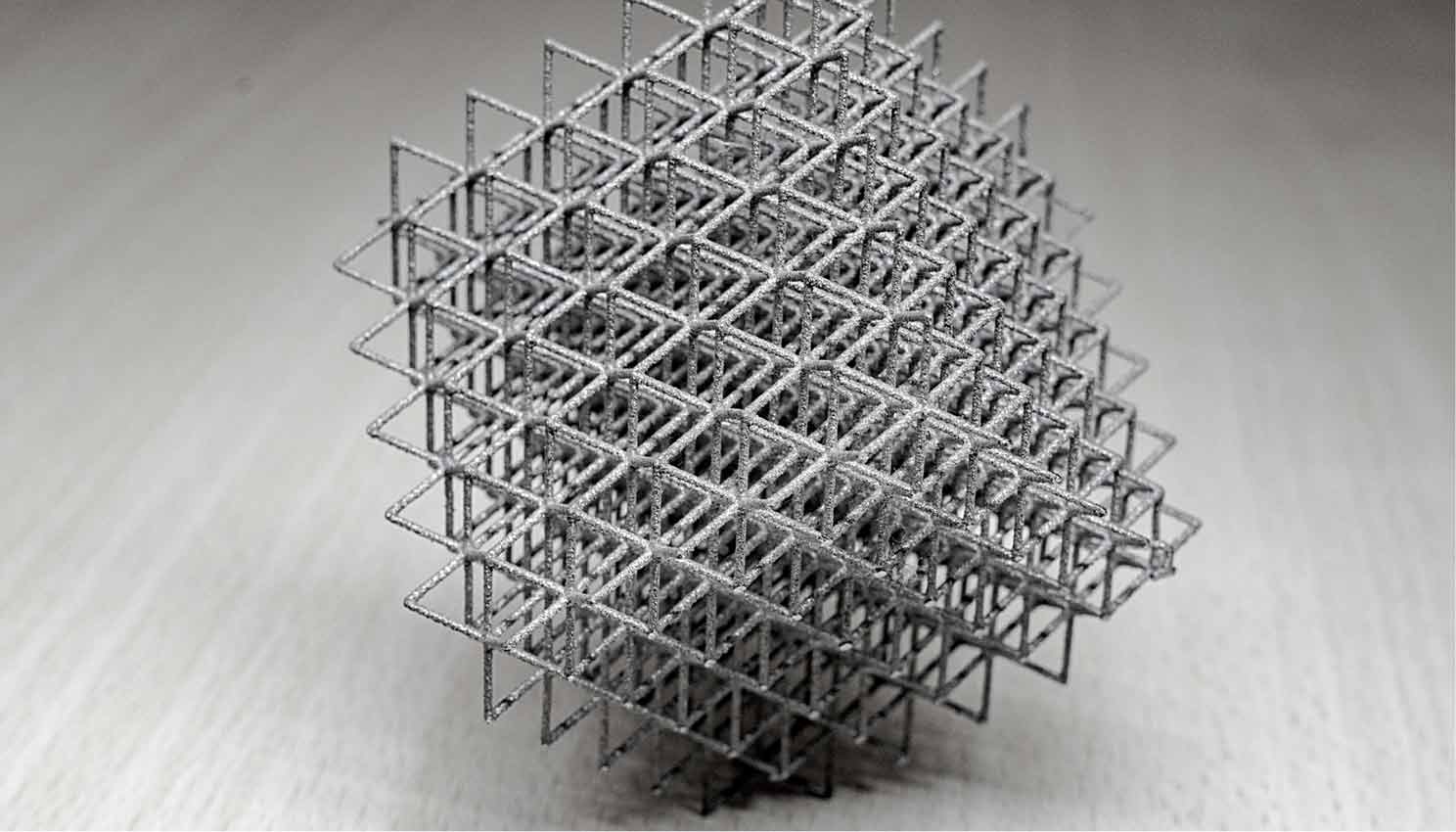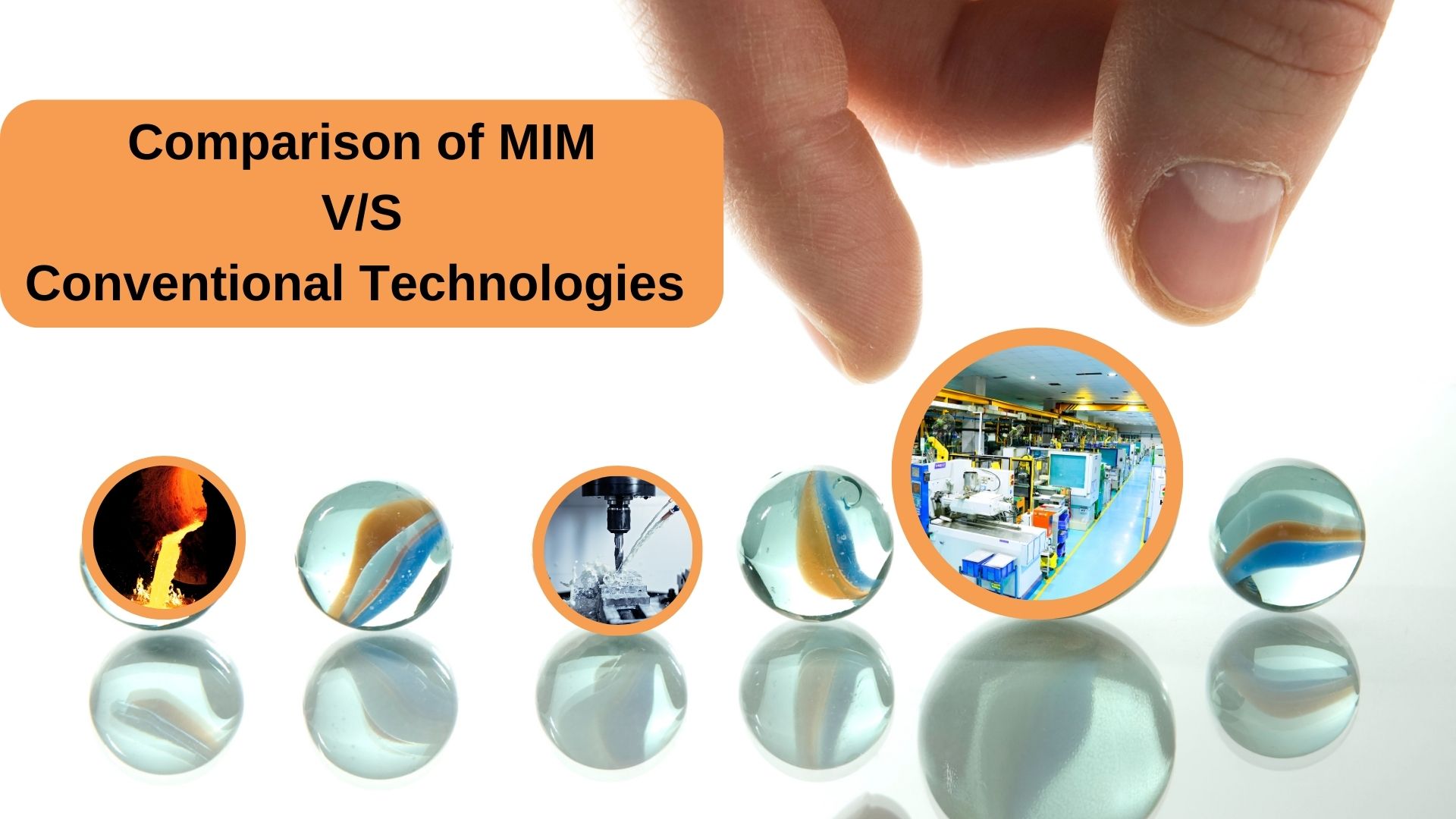What is Metal Injection Molding?
The word MIM or Metal Injection Molding dates back to 1970’s when this was framed by Raymond Wiech. The idea behind MIM was pretty simple where the fine metal powders are mixed with the binder material to form feedstock and then solidified to get the desired intricate shape.
Metal injection molding (MIM) is a manufacturing process that uses metal powders and polymers to produce components from a range of metal powders. The process begins by heating the polymer to a liquid state and then adding the metal powder. The mixture is then injected into a mould, where it is cooled and solidified, followed by debinding and sintering.
What are the benefits of Metal Injection Molding?
MIM has grown significantly since its inception in the late 1970s and is now widely used in a variety of industries, from medical device manufacturing to aerospace and automotive. The process is particularly well-suited for producing small, intricate parts with tight tolerances, as well as components that require a high degree of strength and durability.
The benefits of using MIM are numerous.
- The process can produce parts with complex geometries and tight tolerances
- Highly efficient and cost-effective.
- The process also eliminates the need for secondary machining operations.
- MIM is capable of producing parts with a high degree of complexity and it is also capable of producing components with a wide range of material properties.
- Kurling, Calligraphy, Angular holes, Internal & External threads can be achieved in MIM tool itself.

What are the types of Materials used in MIM process?
The type of metal used in Metal Injection Molding (MIM) depends on the application and desired properties of the part. Common metals used in MIM include stainless steel, low-carbon steel, cobalt-chrome, titanium, and nickel-based alloys. Each of these metals have unique properties that make it suitable for different applications.
Stainless steel is the most common metal used in Metal Injection Molding. It is a strong and corrosion-resistant material that is well-suited for a variety of applications. Low-carbon steel is also used in MIM. It is a low-cost material that is easy to work with and provides good strength and wear resistance.
Cobalt-chrome is a highly wear-resistant material that is often used in medical implants and other medical devices. Titanium is a lightweight and corrosion-resistant metal that is often used in aerospace components. Nickel-based alloys are often used in MIM because of their high strength and corrosion resistance.
To know more about MIM materials https://mim.weboptify.com/metal-injection-molding-material
How do I begin a Metal Injection Molding project?
To begin a metal injection molding (MIM) project, you should first identify the desired part geometry and material requirements. Next, you should create a detailed design of the part, including any necessary features such as ribs and undercuts. Once the design is complete, you should select a suitable Metal Injection Molding supplier.
If you’re in the market looking for a metal injection molding supplier, look no further than INDO-MIM. With over 25 years of experience in the MIM field and highly talented engineers, INDO-MIM offers the best quotes. Let us provide you with a quote today and see why we’re the best in the business!
Get your quote now https://mim.weboptify.com/request-for-quote

